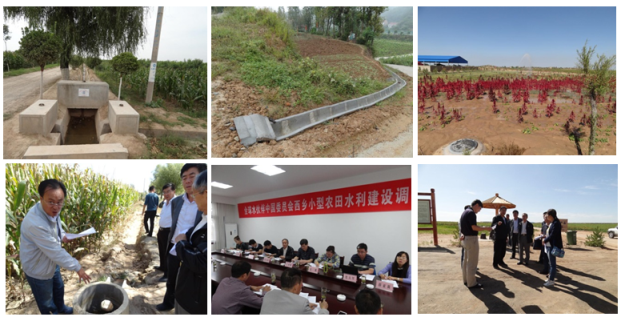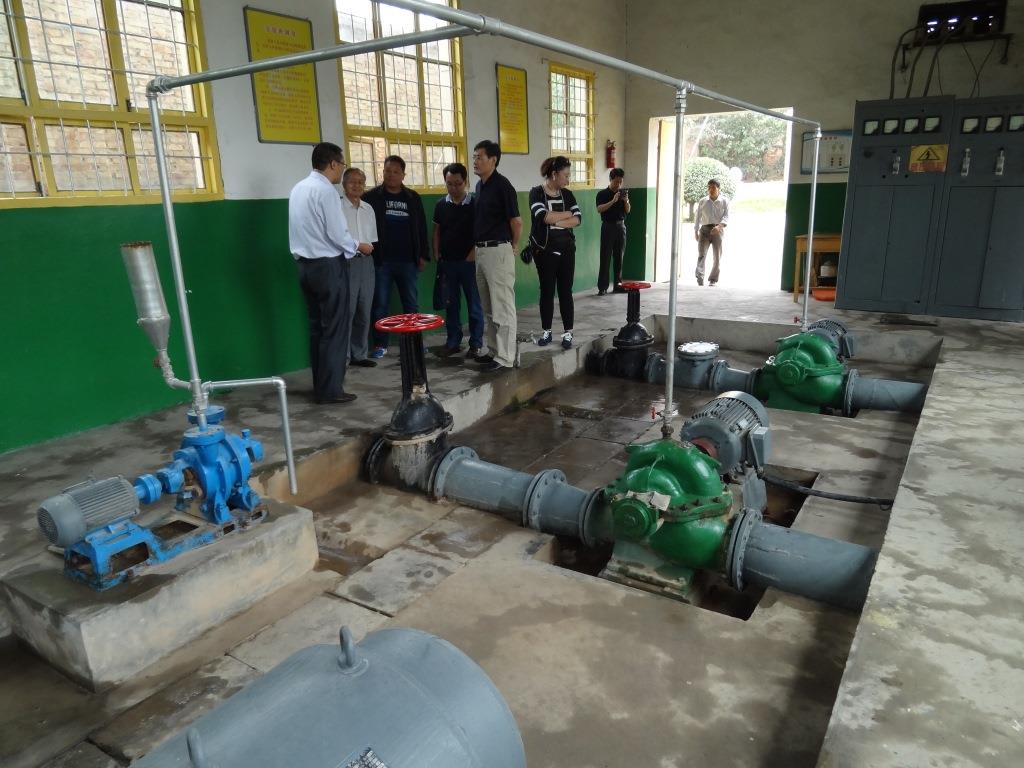It demonstrated the significant increase of water investment in Shaanxi Province, expansion of investors and divergence of investment discretions. According to the research report, it has a dramatic increase on investment from 2010 to now in Shaanxi Province, reaching a total investment amount of 22.408 billion RMB in 2013. Moreover, the investment priorities in recent years have apparently leaned towards water sources and key projects, followed by investment in rural and urban water supply and drainage and irrigation projects. Based upon the research, the improvement solutions were also proposed, ranging from planning and supervision of funds to the requirements to the local governments. It also highlighted the involvement of the public and media for growing water investment in the province.
The research results with the proposed solutions for better water investment management were included into a research report by the end of 2014. Early in 2015, the research report was submitted to the Shaanxi Provincial People’s Congress as a reference for optimizing Provincial Development Plan of 2015. And as a progressive outcome, the Shaanxi Provincial Water Resources Department introduced the proposals from the report into its annual work plan. According to the 2015 Work Plan of Shaanxi Provincial Water Resources Department, the total water investment would be 24 billion RMB, planning to develop water infrastructures, drinking water security in rural areas, implementation of water management systems, etc.
For achieving more concrete outcomes in 2015, GWP China, jointly with the Shaanxi Provincial People's Congress, GWP China Shaanxi and Shaanxi Provincial Water Resources Department, developed its working progress into details. It was named as “the last Km”, which refers to the full completion of water projects invested by the national/provincial budgets for better benefits of the water projects in rural areas. Completing the “last Km” can reflect the publicity, fairness, response and effectiveness of policies.
Under the framework, GWP China designed and conducted on-site survey to collect the data and information on implementation of national and provincial investment on small irrigation areas and rural drinking water security to find out whether or not the water investment is efficiently used. The three counties in the South, Middle and the North of Shaanxi Province are different geographically and thus diverse in their small irrigation projects and rural drinking water situations. By visiting farmlands and irrigation projects, discussing with the local water authorities and interviewing farmers, we collected first-hand materials. According to the survey, the three counties have their varied experiences of developing small irrigation projects and rural drinking water security, not only depending on the investment from the Central or Provincial Government but also expanding funding resources/aids from business inputs, rural land circulation and public financing. In the meanwhile, they also have challenges owing to policies, regulations/laws, public participation, etc.
GWP China summarized the current experiences of these counties that can be shared among other counties/provinces and to explore an effective mechanism to make the water investment more efficient and explore funding resources as well.
The outputs were reported to the related governmental decision-makers as references in their further planning of water investments on small irrigation areas and rural drinking water security development.

The “Water Investment to the Last Km” campaign has the policy support of the Central Government that issued “Regulations of Small Irrigation Development in China” in 2009. And Shaanxi Provincial Government has developed the Regulations at provincial level since 2010. GWP China and GWP China Shaanxi PWP have strong backup of Shaanxi Provincial Water Resources Department and the Shaanxi Provincial People's Congress to carry out this activity. It expected to stimulate more investment, still more than 24 billion RMB in 2015, from different resources on water sector.
